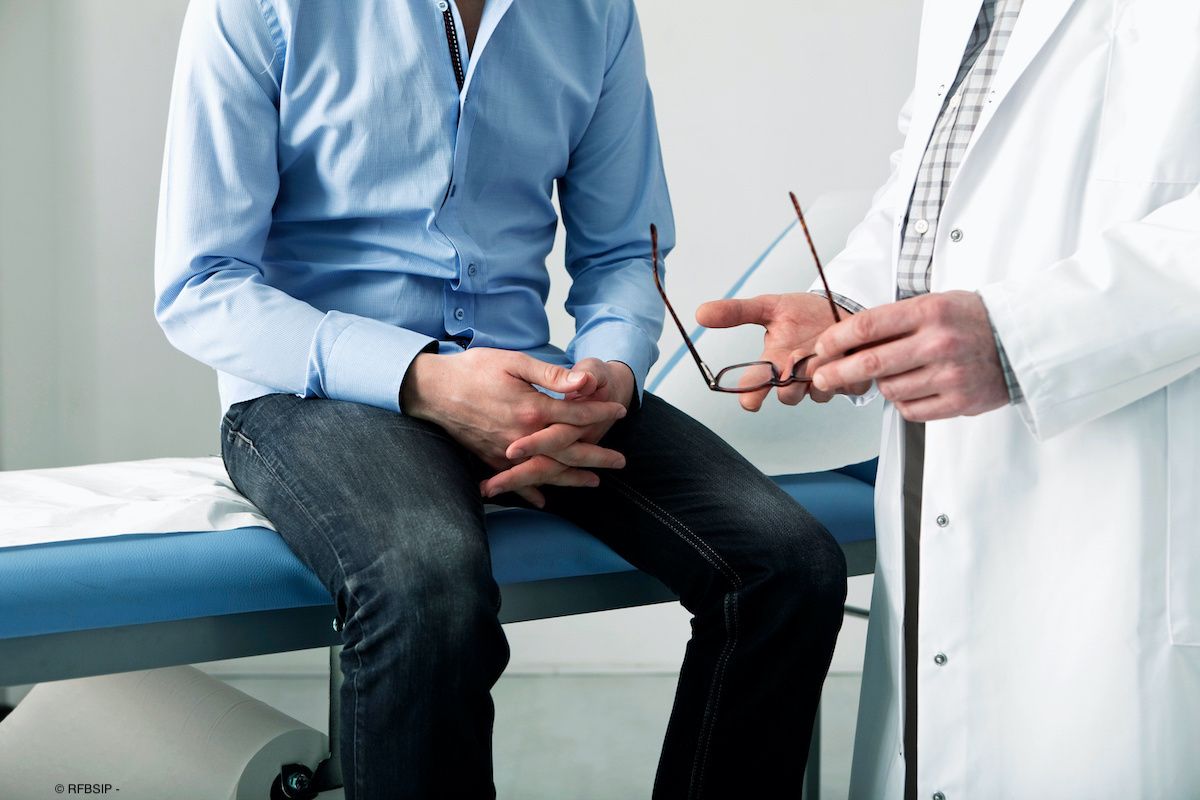Opinion
Video
Marcelino Rivera, MD, on potential future advancements in stone disease, BPH
Author(s):
Key Takeaways
- Steerable suction catheters and scopes are revolutionizing stone disease surgery, enhancing safety and efficiency.
- The MONARCH trial and CVAC scope are key innovations in stone removal, allowing better visualization and clearance.
“So, we have all of this new technology that's about a year old, making surgery a lot safer for patients, making things more efficient, and [giving us] the ability to see stone removal happening from a perspective where we can visualize stone clearance in a way that we haven't been able to before,” says Marcelino E. Rivera, MD.
In this video, Marcelino E. Rivera, MD, shares what he envisions for the future of stone disease and benign prostatic hyperplasia (BPH). Rivera is an associate professor of urology at Indiana University School of Medicine and the director of the endourology fellowship at Indiana University Health in Indianapolis.
Video Transcript:
For stone disease and stone removal, we're really seeing the use of steerable suction catheter, steerable suction scopes, making surgery much safer and much more efficient. I just mentioned the MONARCH trial; we got a miniPCNL that has the ability to remove large amounts of stone through suction steerable catheters. There's a new scope, the CVAC, or the Calyxo scope, that has the ability to do suction ureteroscopy. There's also a handful of suction steerable ureteral access sheaths out there as well. So, we have all of this new technology that’s about a year old, making surgery a lot safer for patients, making things more efficient, and [giving us] the ability to see stone removal happening from a perspective where we can visualize stone clearance in a way that we haven't been able to before.
When we look at the BPH arm, or the HoLEP arm of the change in technology, when it comes to BPH, there's always going to be a lot of different technology out there. One of my partners does Aquablation, we're looking into other technologies, like Optilume, trying to get those on board as well. It's very important to have an armamentarium that you're offering your patients. We'll always have that in BPH. But I think the important thing is "let's make sure we're doing the right procedure for the right patient." And also, if we have people who want to learn how to do enucleation, what do we have to educate and to teach them how to do these procedures? I think the future is really bright from an educational perspective on the HoLEP or enucleation arm, training people with different modalities. Instead of using patients right away, do we have certain models that are very facile and that work really well? And then do we have a curriculum in place that can do that? I think with the study of our residents, getting an idea of what they find as difficult for an enucleation procedure, we can really focus on the more challenging parts of the procedure, perhaps teach them outside the patient, and then start to utilize that curriculum and advance and make their learning career much less. That's the bright side of the BPH or enucleation technology.
This transcription has been edited for clarity.
Newsletter
Stay current with the latest urology news and practice-changing insights — sign up now for the essential updates every urologist needs.

















